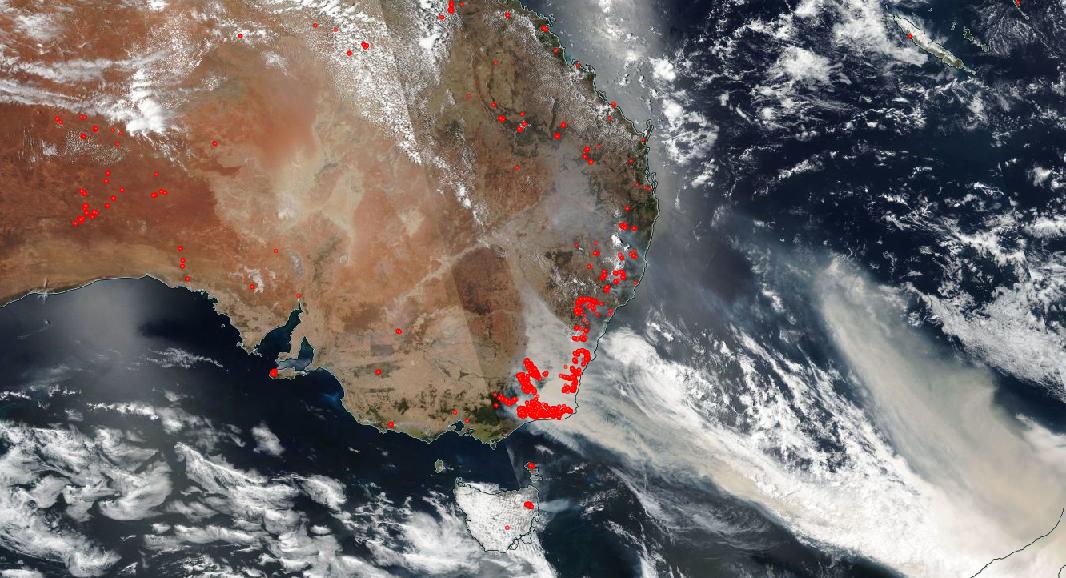Must Reads
Lessons from Australia’s Bushfires: We Need More Science, Less Rhetoric
A more aggressive use of controlled burns might have given firefighters a chance to control this season’s bushfires.
· 8 min read

Keep reading
Defaming the Dead
Holly Lawford-Smith
· 6 min read
Liberalism’s Lonely-Hearts Club
Jonathan Kay
· 8 min read
Broken China
Milton Ezrati
· 5 min read
The Humanitarian Mask
Gerald M. Steinberg, E. Levenson
· 9 min read





